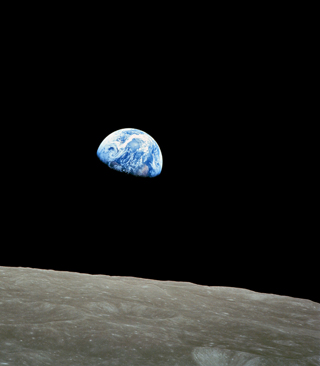Course Description
This subject introduces the history of science from antiquity to the present. Students consider the impact of philosophy, art, magic, social structure, and folk knowledge on the development of what has come to be called “science” in the Western tradition, including those fields today designated as physics, …
This subject introduces the history of science from antiquity to the present. Students consider the impact of philosophy, art, magic, social structure, and folk knowledge on the development of what has come to be called “science” in the Western tradition, including those fields today designated as physics, biology, chemistry, medicine, astronomy and the mind sciences. Topics include concepts of matter, nature, motion, body, heavens, and mind as these have been shaped over the course of history. Students read original works by Aristotle, Vesalius, Newton, Lavoisier, Darwin, Freud, and Einstein, among others.
Course Info
Learning Resource Types
notes
Lecture Notes

This 1968 photo by Apollo 8 crewmember Bill Anders shows the Earth seemingly rising above the lunar surface. Note that this phenomenon is only visible from someone in orbit around the Moon. Because of the Moon’s synchronous rotation about the Earth (i.e., the same side of the Moon is always facing the Earth), earthrise is not witnessed by a stationary observer on the surface of the Moon. (Public domain photo from NASA.)








